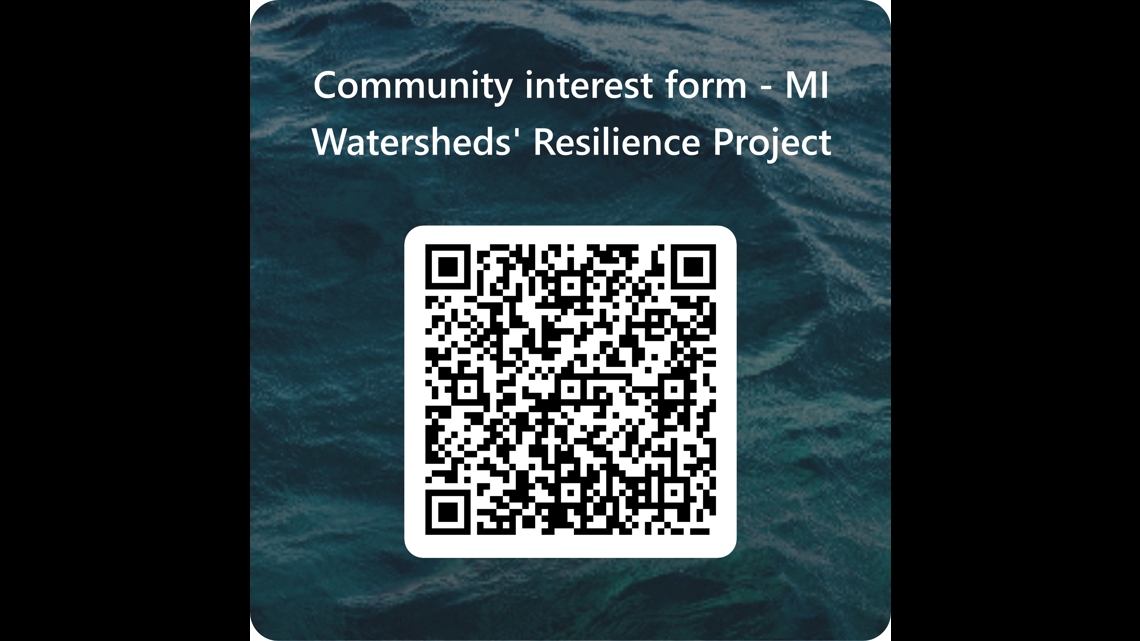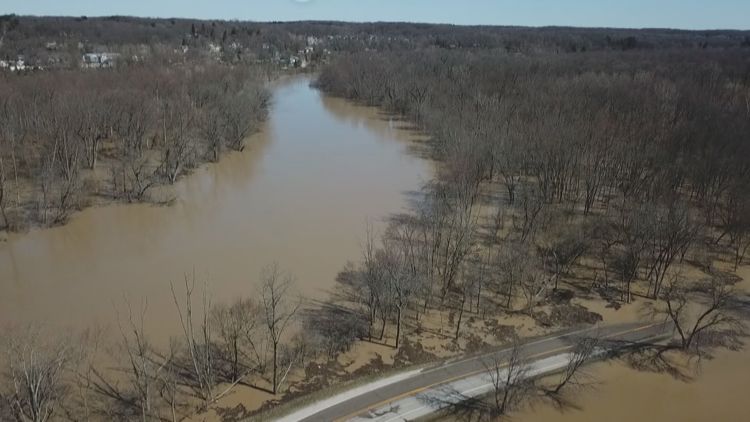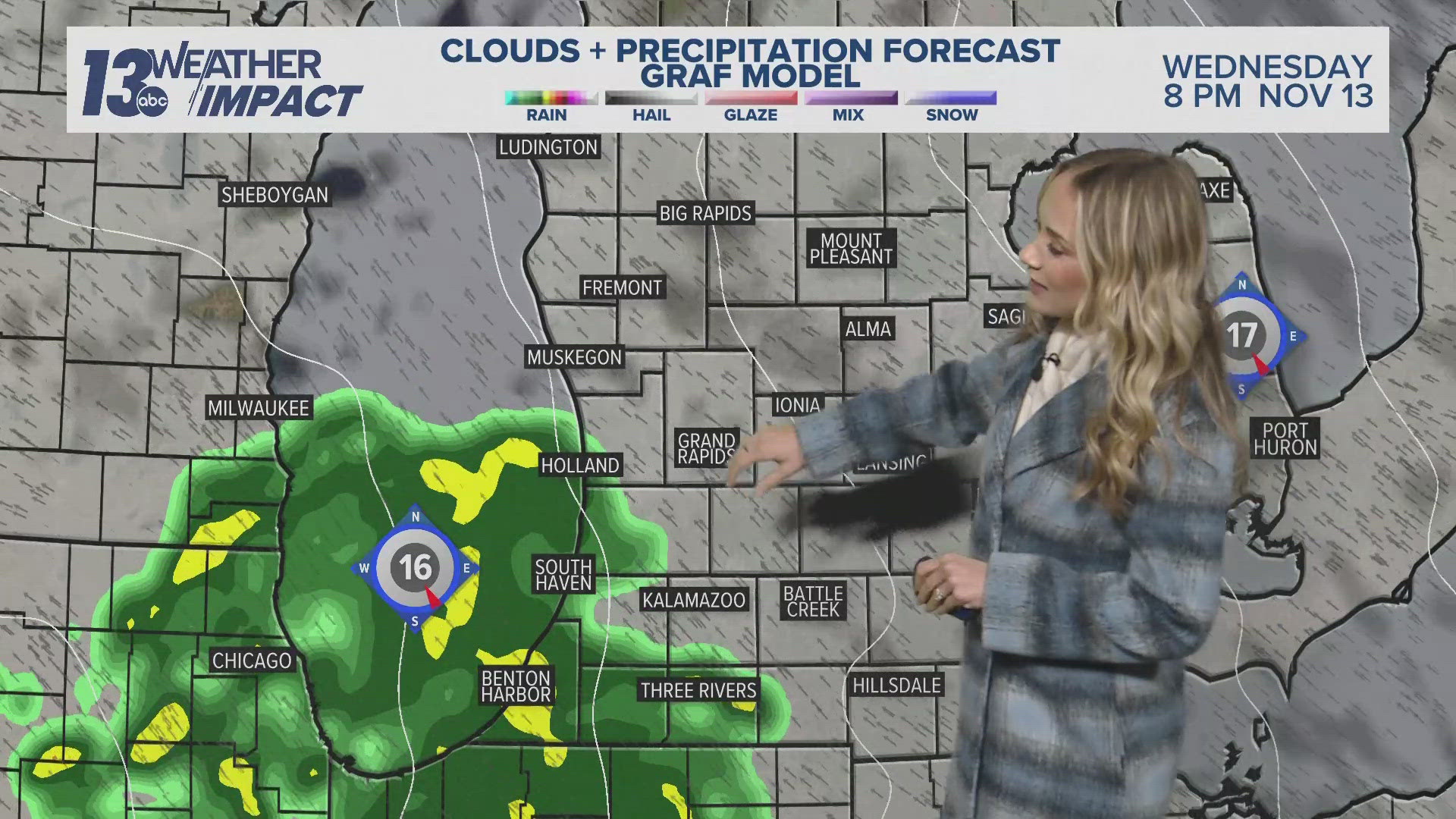MOUNT PLEASANT, Mich. — Through a Department of Energy grant, faculty members at Central Michigan University will be researching three Michigan watersheds, modeling future risks of extreme precipitation. The research aims to enhance infrastructure preparedness and resilience to flooding for local communities.
Its importance is heightened amid several catastrophic flooding events this year, such as western North Carolina and northern Vermont.
“We selected our three pilot watersheds because we kind of wanted to have some representation of difference challenges that Michigan and the Great Lakes region are facing,” said Dr. Wendy Robertson, associate professor and chairperson of CMU’s Department of Earth and Atmospheric Sciences.
The watersheds in focus include the highly urbanized River Rouge watershed, the rural Chippewa River watershed, and the mixed land use of the Lower Grand River watershed.

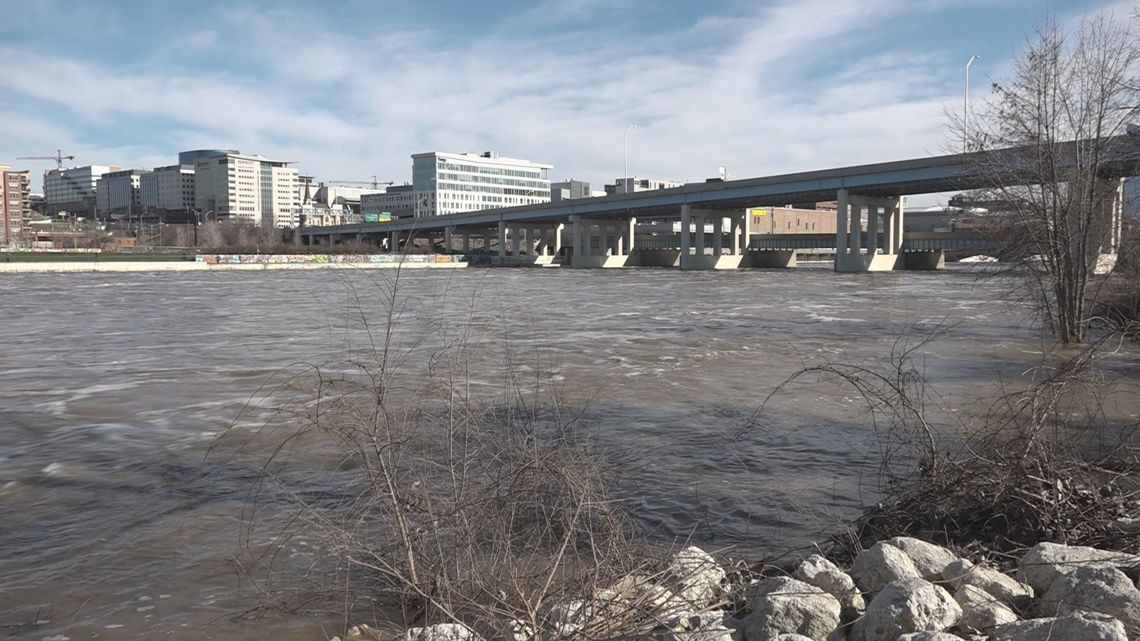
“The third watershed we are working with as our pilot is the Lower Grand River,” said Dr. Robertson. “We are going from a regime where we had kind of different land use types towards this intensifying urbanization. Those constraints have stress on infrastructure,” she added.
One of the first parts of the research involves building and running climate models to project future precipitation patterns across climate scenarios. These models will downscale global data to a high resolution, incorporating Great Lakes influences to improve precipitation predictions.
“That’s really one of the newer aspects of this project is such a fine resolution, high-definition model that’s going out in the future,” said Dr. Daria Kluver, associate professor of climatology at CMU. “We’re also adding a three-dimensional lake model, and this allows us to really understand precipitation and convection in Michigan,” she added.
This modeling effort is made possible by the computing power provided by the Department of Energy as part of the grant.
“We’re going to run it for climate scenarios to the year 2065, and so that takes a lot of computing power,” said Dr. Kluver.
The modeling will allow faculty members to work with local leaders of the respective watersheds and identify vital community assets potentially at flood risk, ranging from high-value crops to infrastructure necessary for first responders.
“Our role here is data support for decision making,” said Dr. Robertson. “We are going to have conversations about the types of tools and visualizations and data that they need, the gaps and the uncertainties that they have in their future planning processes, and we are coordinating with them to help narrow those uncertainties with these models.”
The grant will span three years, with CMU students assisting in the research.
The importance of this research aligns with the increasing nature of extreme precipitation events.

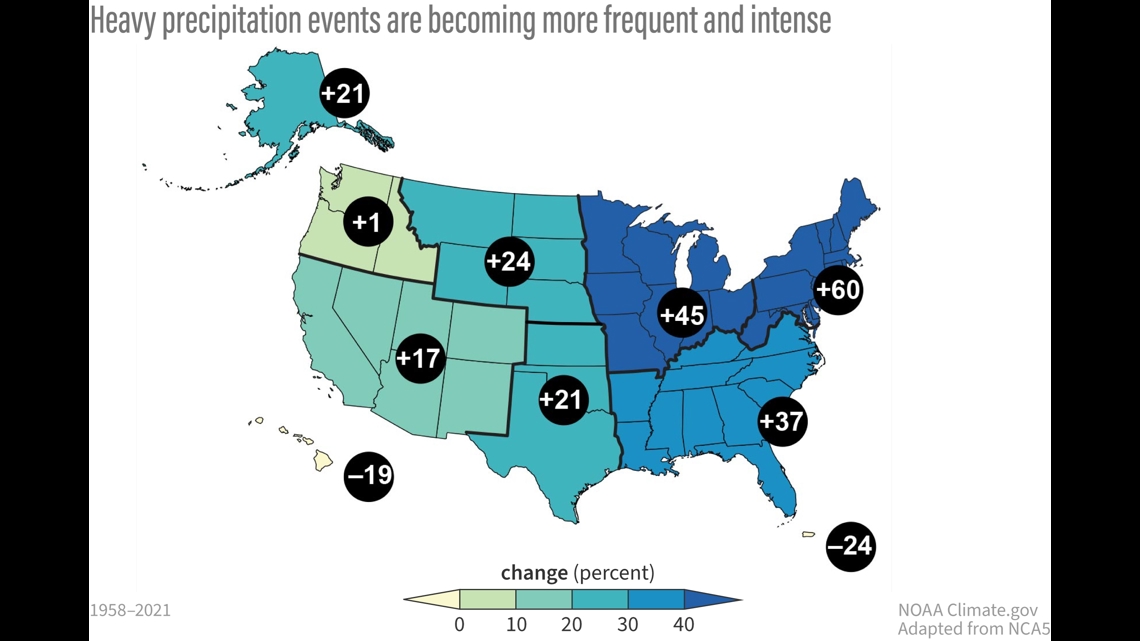
“Data has already shown that annual precipitation in the Great Lakes has increased by about 10% over the last century, and these global climate models project another 6% to 10% increase over the next century,” said Dr. Kluver. “So that increase in precipitation is mostly coming from extreme events. And extreme events are the types of events that are happening more frequently.”
For the faculty at CMU involved in the research, the end goal is preparedness for local communities.
“It is really an area of passion for us to prepare communities and watersheds to be resilient to climate change. I think we would all count it a success if we ended up with better prepared communities in the Great Lakes,” said Dr. Kluver.
Anyone interested in the research can fill out a form - via the QR code below - and let faculty members know what aspects they’d like to engage in.

